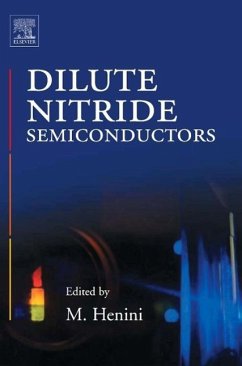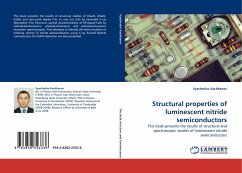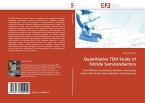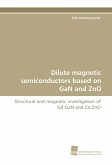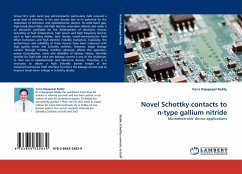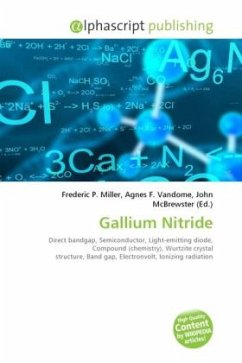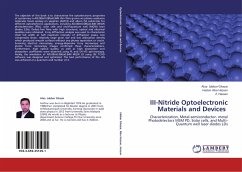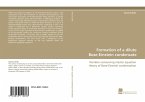This book contains full account of the advances made in the dilute nitrides, providing an excellent starting point for workers entering the field. It gives the reader easier access and better evaluation of future trends, Conveying important results and current ideas. Includes a generous list of references at the end of each chapter, providing a useful reference to the III-V-N based semiconductors research community.
The high speed lasers operating at wavelength of 1.3 µm and 1.55 µm are very important light sources in optical communications since the optical fiber used as a transport media of light has dispersion and attenuation minima, respectively, at these wavelengths. These long wavelengths are exclusively made of InP-based material InGaAsP/InP. However, there are several problems with this material system. Therefore, there has been considerable effort for many years to fabricate long wavelength laser structures on other substrates, especially GaAs. The manufacturing costs of GaAs-based components are lower and the processing techniques are well developed. In 1996 a novel quaternary material GaInAsN was proposed which could avoid several problems with the existing technology of long wavelength lasers.
In this book, several leaders in the field of dilute nitrides will cover the growth and processing, experimental characterization, theoretical understanding, and device design and fabrication of this recently developed class of semiconductor alloys. They will review their current status of research and development.
Dilute Nitrides (III-N-V) Semiconductors: Physics and Technology organises the most current available data, providing a ready source of information on a wide range of topics, making this book essential reading for all post graduate students, researchers and practitioners in the fields of Semiconductors and Optoelectronics
The high speed lasers operating at wavelength of 1.3 µm and 1.55 µm are very important light sources in optical communications since the optical fiber used as a transport media of light has dispersion and attenuation minima, respectively, at these wavelengths. These long wavelengths are exclusively made of InP-based material InGaAsP/InP. However, there are several problems with this material system. Therefore, there has been considerable effort for many years to fabricate long wavelength laser structures on other substrates, especially GaAs. The manufacturing costs of GaAs-based components are lower and the processing techniques are well developed. In 1996 a novel quaternary material GaInAsN was proposed which could avoid several problems with the existing technology of long wavelength lasers.
In this book, several leaders in the field of dilute nitrides will cover the growth and processing, experimental characterization, theoretical understanding, and device design and fabrication of this recently developed class of semiconductor alloys. They will review their current status of research and development.
Dilute Nitrides (III-N-V) Semiconductors: Physics and Technology organises the most current available data, providing a ready source of information on a wide range of topics, making this book essential reading for all post graduate students, researchers and practitioners in the fields of Semiconductors and Optoelectronics

